Home>Gardening & Outdoor>Landscaping Ideas>How To Plant Centipede Grass Seed
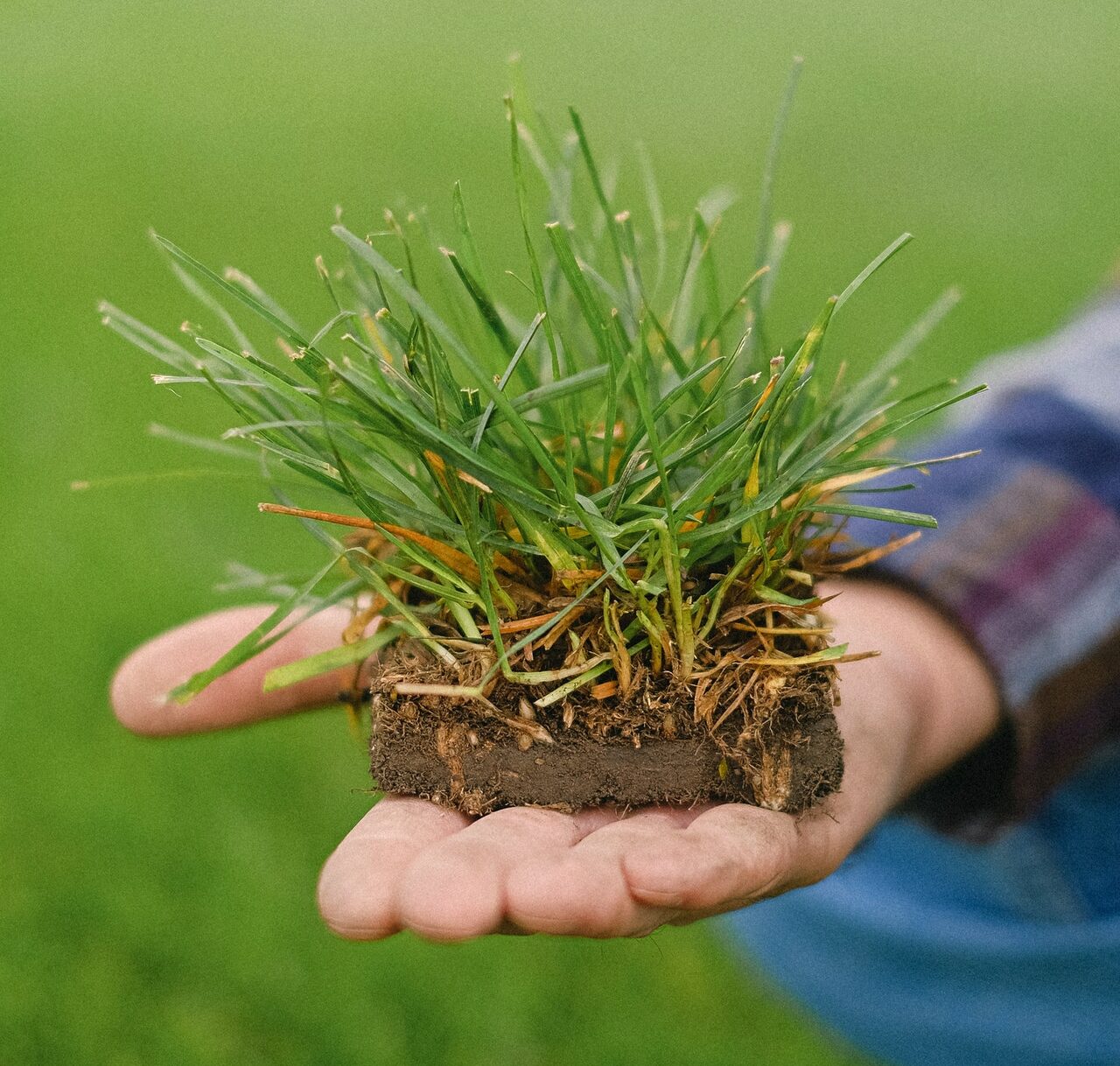

Landscaping Ideas
How To Plant Centipede Grass Seed
Modified: April 2, 2024
Learn how to plant centipede grass seed with our expert landscaping ideas. Discover the best techniques for a lush and vibrant lawn.
(Many of the links in this article redirect to a specific reviewed product. Your purchase of these products through affiliate links helps to generate commission for Storables.com, at no extra cost. Learn more)
Introduction
Centipede grass is a popular choice for lawns due to its low maintenance requirements and beautiful appearance. Its vibrant green color and fine texture make it a desirable option for homeowners looking to enhance their outdoor spaces. Whether you're establishing a new lawn or rejuvenating an existing one, planting centipede grass seed can be a rewarding endeavor. This comprehensive guide will walk you through the process of planting centipede grass seed, from choosing the right time and location to caring for the new grass. By following these steps, you can achieve a lush and vibrant centipede grass lawn that will be the envy of your neighborhood.
Key Takeaways:
- Planting centipede grass seed requires assessing climate and location, preparing the soil, and following proper planting and care techniques. It’s a rewarding process that transforms outdoor spaces into lush, vibrant landscapes.
- Careful planning, diligent preparation, and attentive care are essential for successfully establishing centipede grass seed. By following these steps, you can create a stunning and resilient centipede grass lawn that enhances your outdoor environment.
Read more: What Is Centipede Grass
Choosing the Right Time and Location
When it comes to planting centipede grass seed, timing and location are crucial factors that can significantly impact the success of your lawn. Centipede grass thrives in warm, coastal climates and exhibits excellent heat tolerance, making it an ideal choice for regions with mild winters and hot summers. Before embarking on the planting process, it's essential to assess the climate and soil conditions in your area to determine the most suitable time and location for sowing the seeds.
Assessing the Climate
Centipede grass flourishes in regions characterized by mild winters and long, hot summers. It is well-suited to coastal areas and thrives in acidic soils with a pH level between 5.0 and 6.0. Before planting the seeds, consider the average last frost date in your region. Planting centipede grass seed after the threat of frost has passed ensures that the young seedlings are not subjected to potential damage from cold temperatures. Additionally, selecting a time when the soil temperature consistently reaches around 70°F (21°C) promotes optimal germination and establishment of the grass seed.
Evaluating the Location
Identifying the right location for planting centipede grass seed is essential for its long-term success. Centipede grass prefers well-drained soil and thrives in areas with full sun to partial shade. When selecting the planting site, consider factors such as sunlight exposure, soil composition, and water drainage. Choose an area that receives ample sunlight throughout the day, as centipede grass requires sunlight for photosynthesis and overall growth. Moreover, ensure that the soil is well-drained to prevent waterlogging, which can hinder the development of the grass seedlings.
Considerations for Existing Lawns
If you are overseeding an existing lawn with centipede grass seed, it's important to assess the condition of the current grass and soil. Conduct a soil test to determine the pH level and nutrient content, as centipede grass thrives in acidic soils. Additionally, assess the density of the existing grass to identify areas that may require overseeding. By carefully evaluating the climate and location, you can determine the optimal time to plant centipede grass seed and select the most suitable location for its successful establishment.
By carefully evaluating the climate and location, you can determine the optimal time to plant centipede grass seed and select the most suitable location for its successful establishment.
Preparing the Soil
Preparing the soil is a critical step in the process of planting centipede grass seed, as it sets the foundation for the successful establishment and growth of the new grass. By ensuring that the soil is properly conditioned and nutrient-rich, you can create an optimal environment for the centipede grass seed to germinate and develop into a lush, vibrant lawn.
Soil Testing
Before preparing the soil for planting, it is essential to conduct a soil test to assess its pH level and nutrient content. Centipede grass thrives in acidic soils with a pH range between 5.0 and 6.0. A soil test provides valuable insights into the current pH level and nutrient composition, allowing you to make informed decisions about the necessary amendments. Soil testing kits are readily available at garden centers and can be used to collect soil samples from the planting area. Once the soil test results are obtained, you can take appropriate measures to adjust the pH level and address any nutrient deficiencies.
Adjusting Soil pH
If the soil test indicates that the pH level is outside the ideal range for centipede grass, it may be necessary to adjust the acidity of the soil. Adding elemental sulfur can help lower the pH level of alkaline soils, while applying lime can raise the pH level of acidic soils. It is important to follow the recommended application rates based on the soil test results to achieve the desired pH level for optimal grass growth. By adjusting the soil pH, you create a hospitable environment that promotes the development of healthy centipede grass.
Soil Amendments
In addition to pH adjustment, incorporating organic matter into the soil can enhance its structure and fertility. Organic amendments such as compost, well-rotted manure, or peat moss can improve soil texture, promote moisture retention, and provide essential nutrients for the grass seedlings. Prior to planting the centipede grass seed, thoroughly mix the organic amendments into the soil to ensure even distribution and create a favorable growing medium for the new grass.
Read more: When To Seed Centipede Grass
Soil Preparation Techniques
To prepare the soil for planting, begin by removing any debris, rocks, or weeds from the area. Use a garden rake or tiller to loosen the soil to a depth of approximately 4 to 6 inches (10 to 15 cm), allowing for better root penetration and water absorption. Smooth out the soil surface to create a level planting bed, ensuring uniform coverage of the centipede grass seed. Proper soil preparation sets the stage for successful germination and establishment of the grass seedlings, laying the groundwork for a healthy and vibrant centipede grass lawn.
By meticulously preparing the soil and addressing its specific needs, you can create an optimal environment for the successful germination and growth of centipede grass seed. This foundational step sets the stage for a thriving lawn that will enhance the beauty of your outdoor space and provide a lush, inviting landscape for years to come.
Planting the Centipede Grass Seed
Planting the centipede grass seed is a pivotal stage in the process of establishing a vibrant and resilient lawn. By following the proper planting techniques, you can facilitate the successful germination and growth of the centipede grass seed, ultimately leading to a lush and verdant landscape.
Seeding Method
When planting centipede grass seed, there are two primary methods to consider: broadcasting and drilling. Broadcasting involves spreading the seeds evenly over the prepared soil surface, while drilling requires the use of a seed drill or mechanical seeder to create furrows for the seeds. Both methods can be effective, and the choice between them depends on the size of the planting area and the equipment available. Regardless of the method chosen, it is essential to ensure uniform seed distribution to promote consistent germination and establishment.
Seed Application Rate
Determining the appropriate seed application rate is crucial for achieving optimal coverage and density. The recommended seeding rate for centipede grass is typically around 1 to 2 pounds per 1,000 square feet (0.45 to 0.9 kg per 93 square meters). Carefully measure the designated planting area and calculate the amount of seed required to achieve the desired coverage. Using a handheld spreader or mechanical seeder can facilitate even seed distribution, ensuring that the seeds are adequately dispersed across the soil surface.
Read more: How To Fertilize Centipede Grass
Seed Depth and Coverage
Centipede grass seed should be sown at a shallow depth to promote successful germination. A general guideline is to plant the seeds at a depth of approximately ¼ to ½ inch (0.6 to 1.3 cm) in the soil. After broadcasting or drilling the seeds, lightly rake the soil to cover the seeds and ensure good soil-to-seed contact. Adequate coverage and soil contact are essential for promoting seed germination and the emergence of healthy seedlings.
Watering and Maintenance
Following the seeding process, it is crucial to provide consistent moisture to the planted area. Lightly water the soil immediately after planting to ensure that the seeds are adequately moistened. Throughout the germination period, maintain a consistent level of moisture in the soil, avoiding both excessive dryness and waterlogging. Additionally, monitor the planted area for any signs of weed growth and promptly address any emerging weeds to prevent competition for resources.
Patience and Observation
After planting the centipede grass seed, exercise patience and attentiveness as the seeds begin to germinate and the new grass emerges. It is normal for the germination process to take several weeks, and environmental factors such as temperature and moisture levels can influence the timeline. Regularly inspect the planted area for signs of germination and growth, and make any necessary adjustments to the watering and maintenance practices based on the observed progress.
By diligently following the recommended planting techniques and providing attentive care, you can foster the successful establishment of centipede grass seed, setting the stage for a vibrant and resilient lawn. The planting phase marks the beginning of the transformation as the seeds take root and begin their journey toward creating a beautiful and inviting outdoor space.
Caring for the New Grass
Once the centipede grass seed has been planted and the germination process is underway, diligent care and maintenance are essential to support the healthy growth and establishment of the new grass. Caring for the new grass involves a combination of proper watering, mowing, fertilization, and weed control to ensure that the centipede grass develops into a lush and vibrant lawn.
Read more: How To Grow Centipede Grass From Seed
Watering
Consistent and adequate moisture is crucial for the initial growth stages of the centipede grass seedlings. After planting, it is important to keep the soil consistently moist, but not waterlogged, to support germination and early root development. Light, frequent watering is recommended to prevent the soil from drying out, especially during periods of limited rainfall. As the grass matures, gradually transition to deeper, less frequent watering to encourage deep root growth and drought tolerance.
Mowing
Once the centipede grass reaches a height of 1 to 1.5 inches (2.5 to 3.8 cm), it is ready for its first mowing. When mowing centipede grass, it is advisable to maintain a mowing height of around 1 to 2 inches (2.5 to 5 cm) to promote a healthy root system and overall resilience. Avoid cutting more than one-third of the grass blade length in a single mowing session to prevent stress and scalping. Regular mowing at the appropriate height encourages lateral growth and helps the grass develop a dense, lush appearance.
Fertilization
Applying a balanced, slow-release fertilizer can provide the necessary nutrients for the centipede grass to thrive. A soil test can help determine the specific nutrient requirements of the lawn, guiding the selection of an appropriate fertilizer formulation. It is important to follow the recommended fertilization schedule and application rates to avoid overfeeding, which can lead to excessive growth and potential thatch buildup. Proper fertilization supports the development of healthy, vibrant centipede grass without promoting excessive shoot growth.
Weed Control
Vigilant weed control is essential to prevent unwanted vegetation from competing with the centipede grass for essential resources. Regularly inspect the lawn for any signs of weeds and promptly address them through manual removal or targeted herbicide application. It is important to use weed control methods that are safe for centipede grass and to avoid applying herbicides during periods of stress, such as drought or extreme heat. By maintaining a weed-free environment, the centipede grass can thrive and establish itself without unnecessary competition.
By providing attentive care and addressing the specific needs of the new grass, you can foster the healthy development of the centipede grass lawn. Caring for the new grass involves a combination of nurturing practices that support its growth and resilience, ultimately leading to a vibrant and inviting outdoor landscape.
Read more: How To Get Rid Of Centipede Grass
Conclusion
In conclusion, planting centipede grass seed is a rewarding endeavor that can transform your outdoor space into a lush and vibrant landscape. By carefully considering the timing and location, preparing the soil, and following proper planting and care techniques, you can establish a resilient and beautiful centipede grass lawn that enhances the aesthetic appeal of your property.
The process begins with assessing the climate and location to determine the optimal time for planting centipede grass seed. By selecting a time when the threat of frost has passed and the soil temperature consistently reaches around 70°F (21°C), you can promote successful germination and establishment. Additionally, evaluating the planting location for adequate sunlight exposure, well-drained soil, and suitable pH levels sets the stage for the new grass to thrive.
Preparing the soil is a crucial step that involves conducting a soil test, adjusting the pH level if necessary, incorporating organic amendments, and properly conditioning the planting area. By addressing the specific needs of the soil and creating an optimal growing environment, you can lay the groundwork for the successful establishment of centipede grass seed.
The planting phase requires attention to seeding methods, seed application rates, depth, and coverage, as well as consistent watering and maintenance practices. By following these techniques and providing attentive care, you can facilitate the germination and growth of the centipede grass seed, ultimately leading to the development of a vibrant and resilient lawn.
Caring for the new grass involves proper watering, mowing, fertilization, and weed control to support its healthy growth and development. By implementing these nurturing practices, you can ensure that the centipede grass thrives and establishes itself as a lush and inviting landscape feature.
In essence, the process of planting centipede grass seed encompasses careful planning, diligent preparation, and attentive care. By following the steps outlined in this guide, you can create a stunning centipede grass lawn that serves as a testament to your dedication and passion for cultivating a beautiful outdoor environment. Embrace the journey of nurturing the new grass, and revel in the transformation as your landscape flourishes with the vibrant beauty of centipede grass.
Frequently Asked Questions about How To Plant Centipede Grass Seed
Was this page helpful?
At Storables.com, we guarantee accurate and reliable information. Our content, validated by Expert Board Contributors, is crafted following stringent Editorial Policies. We're committed to providing you with well-researched, expert-backed insights for all your informational needs.
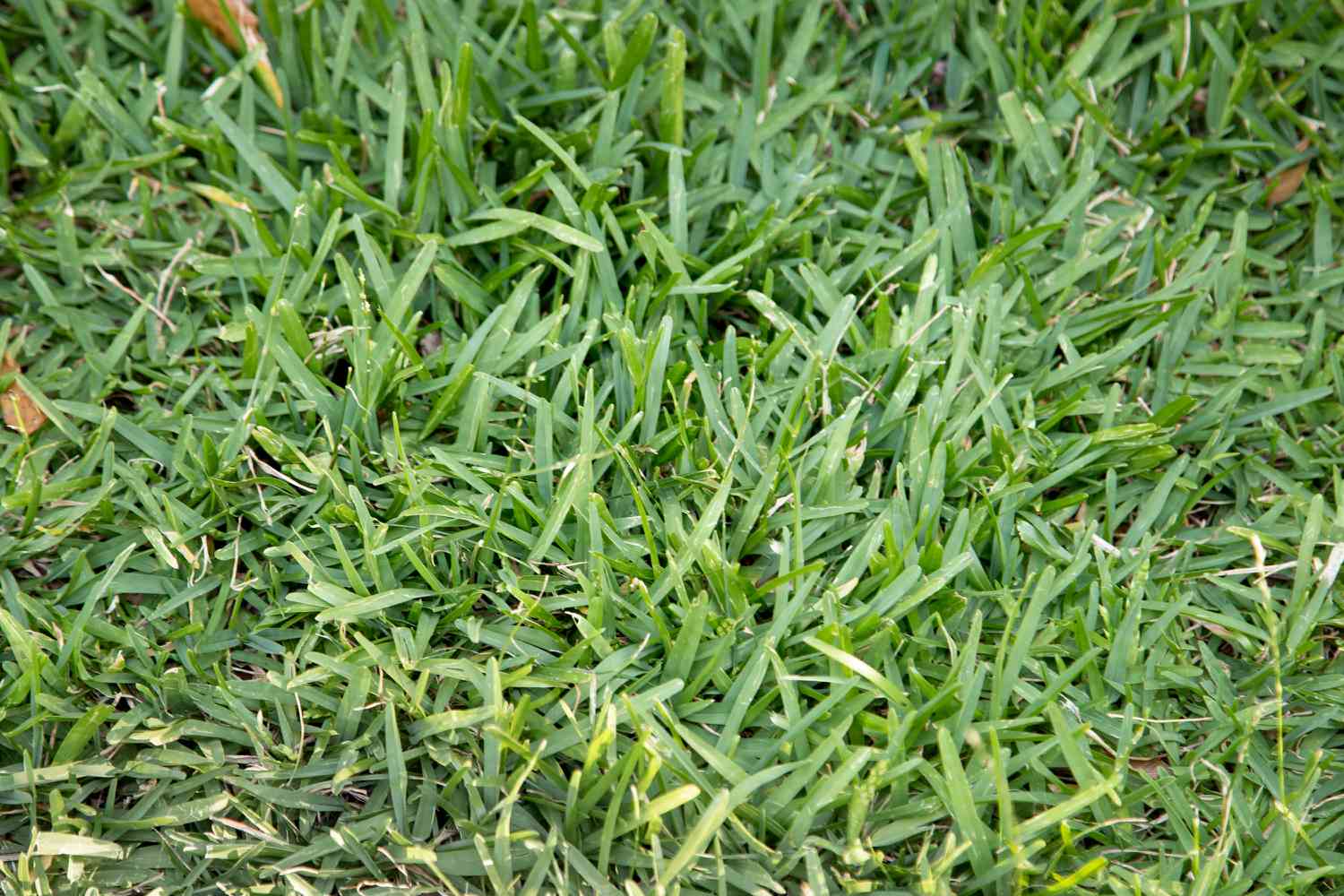
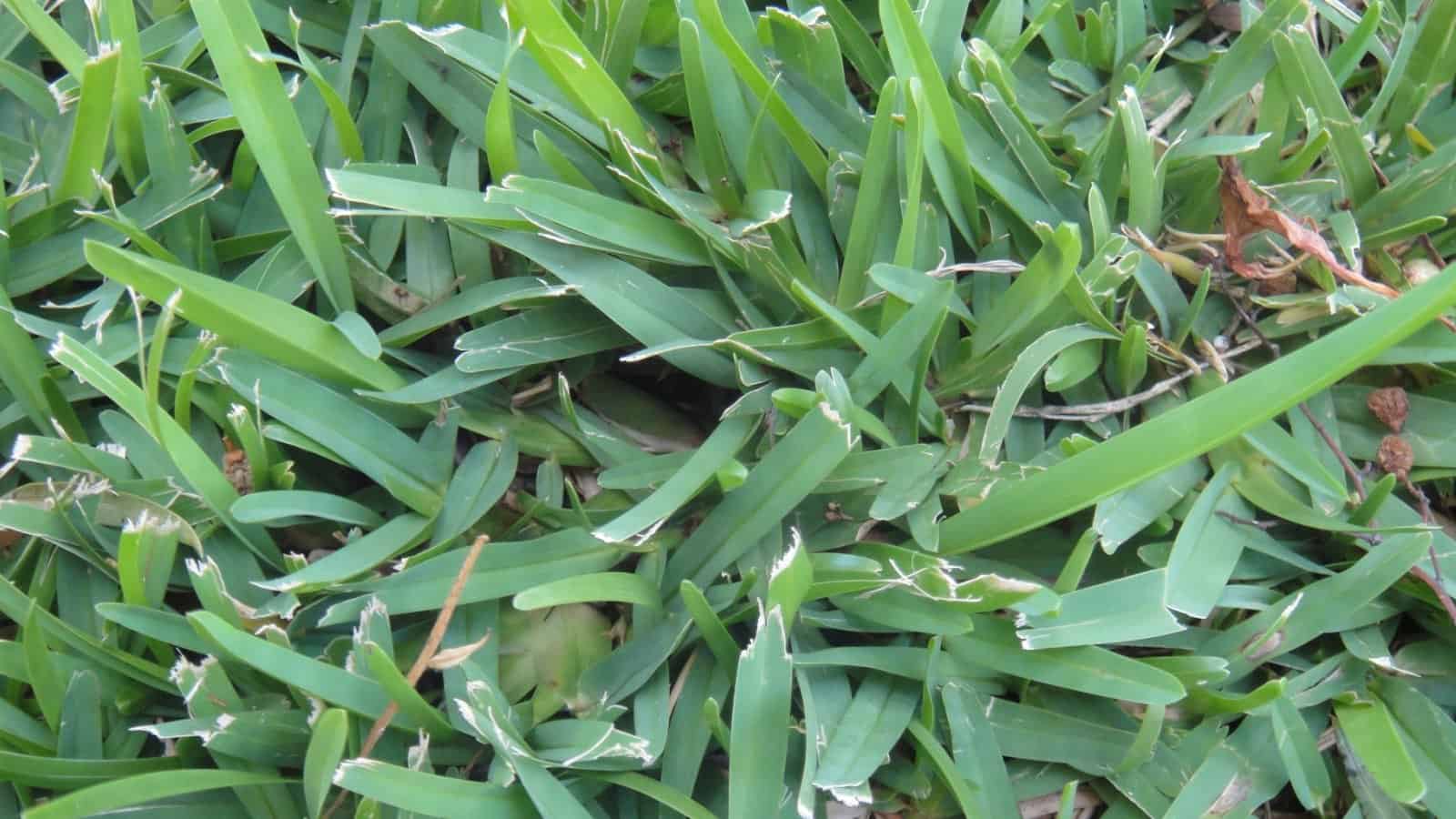
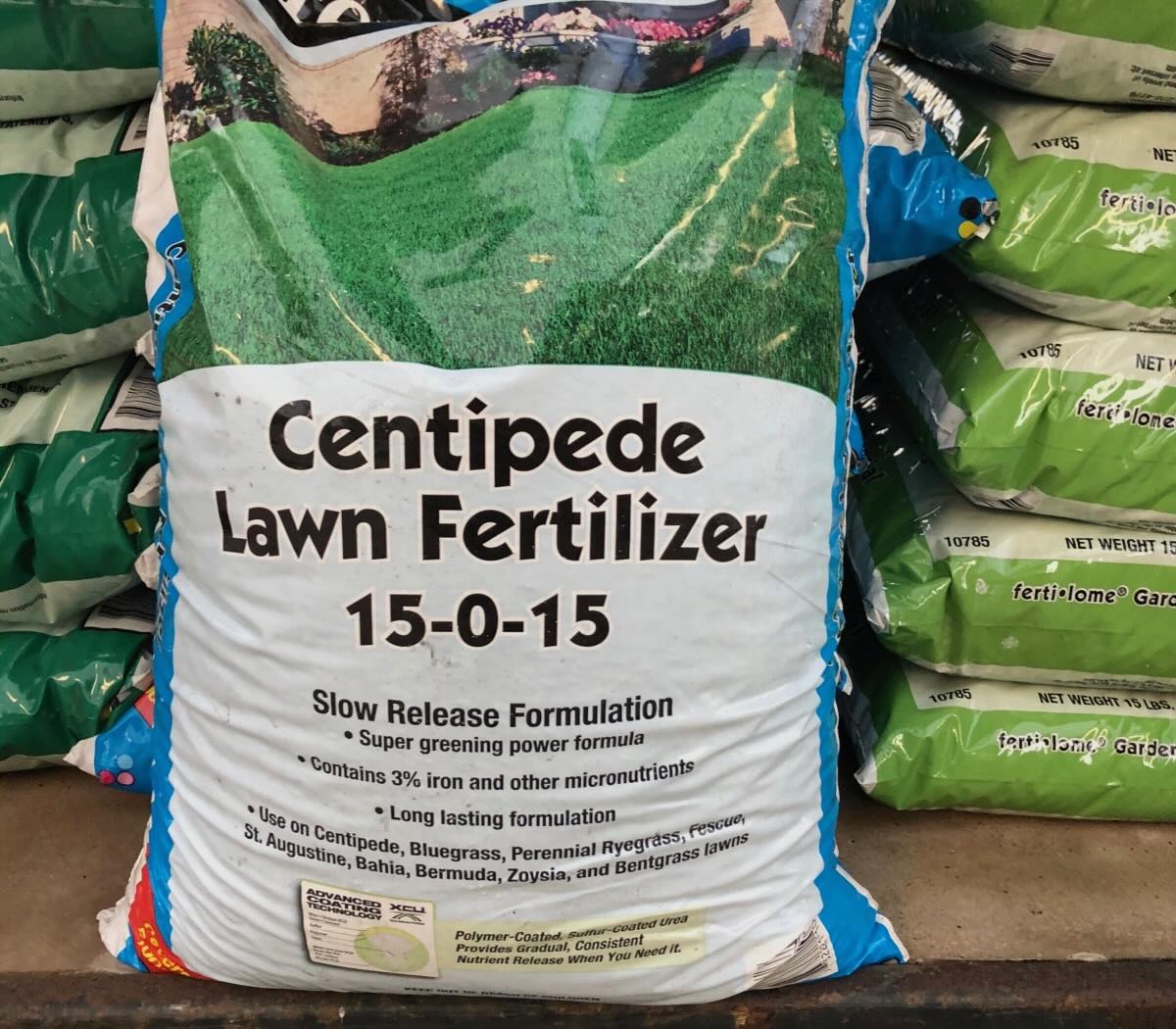
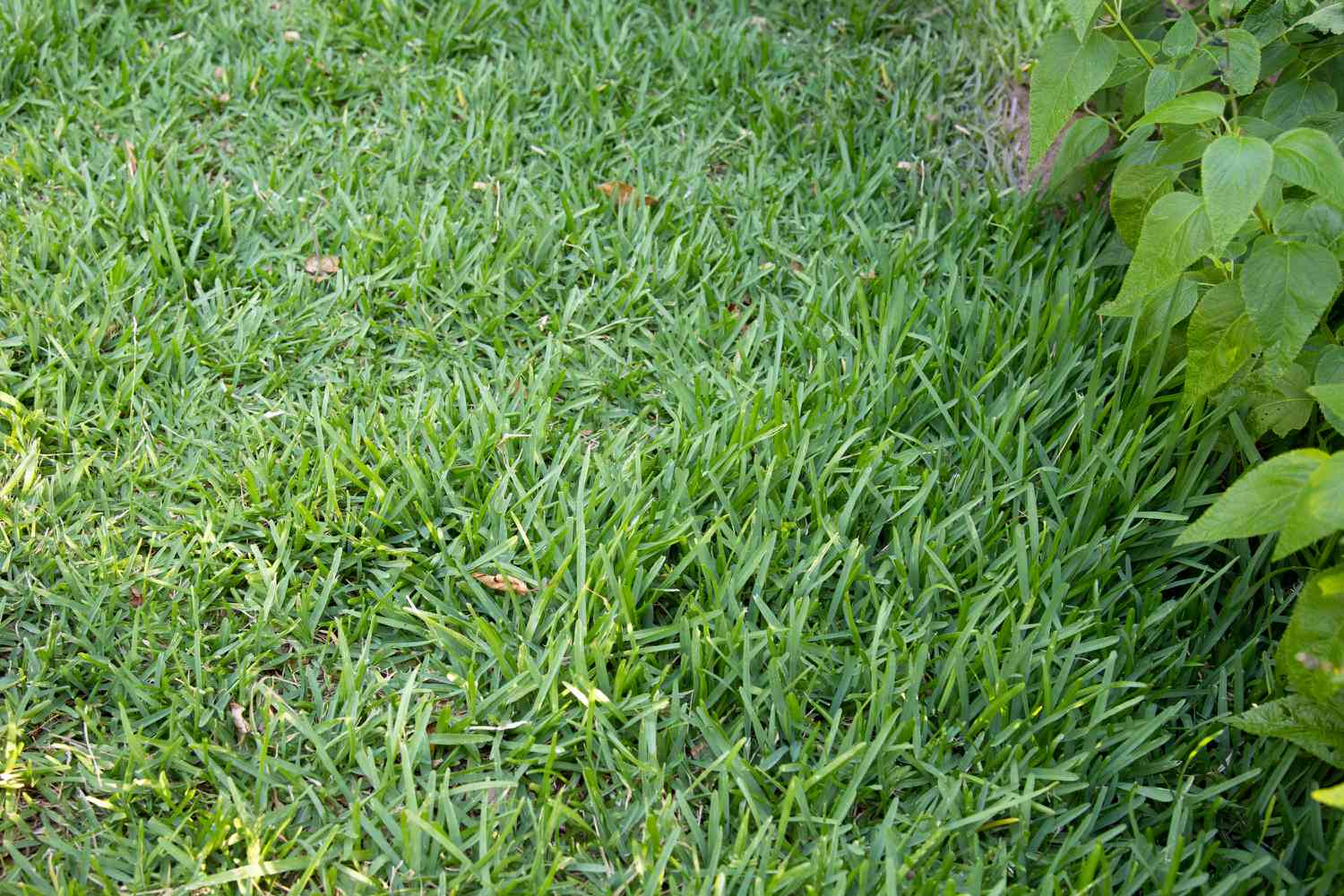
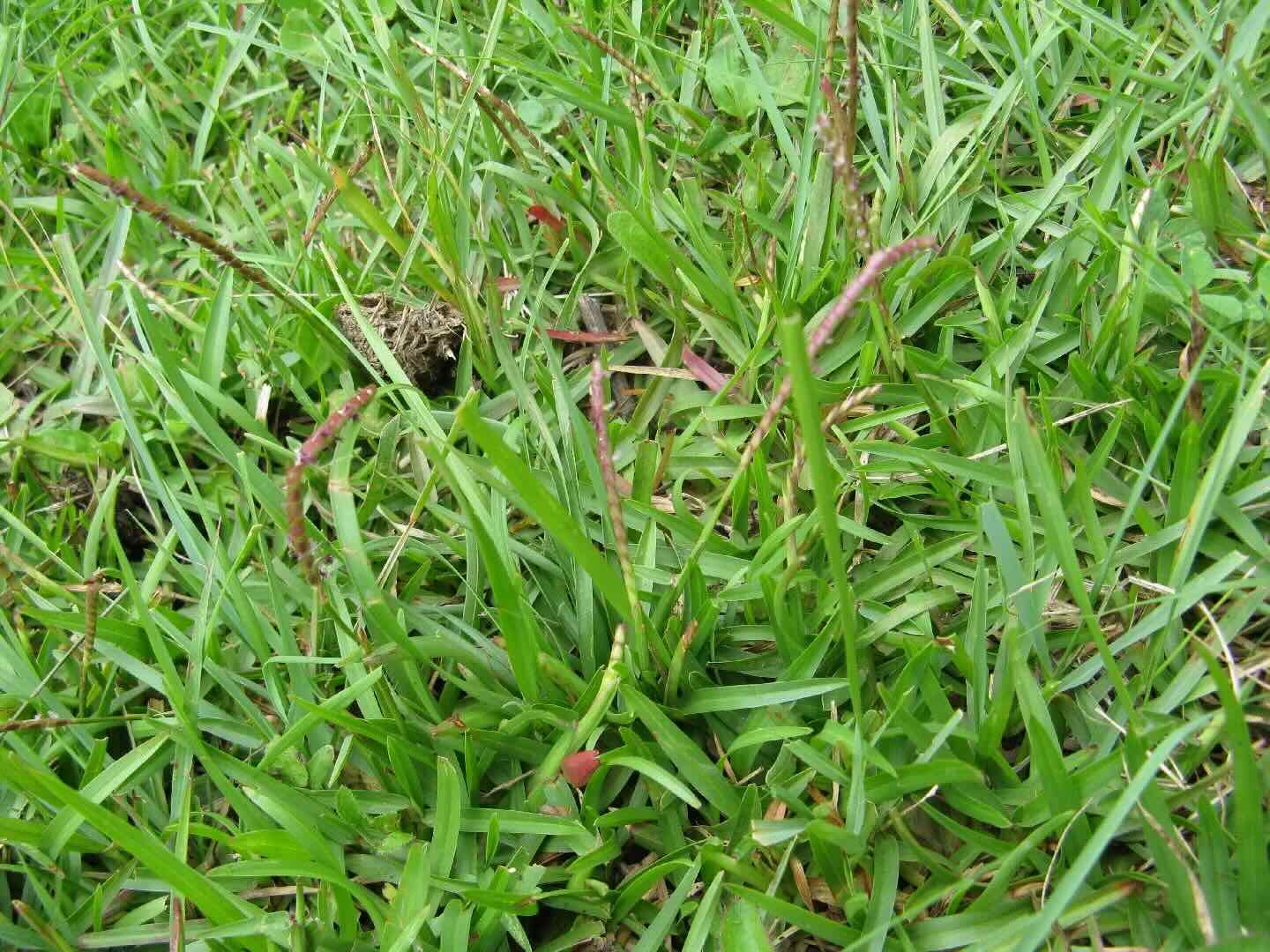
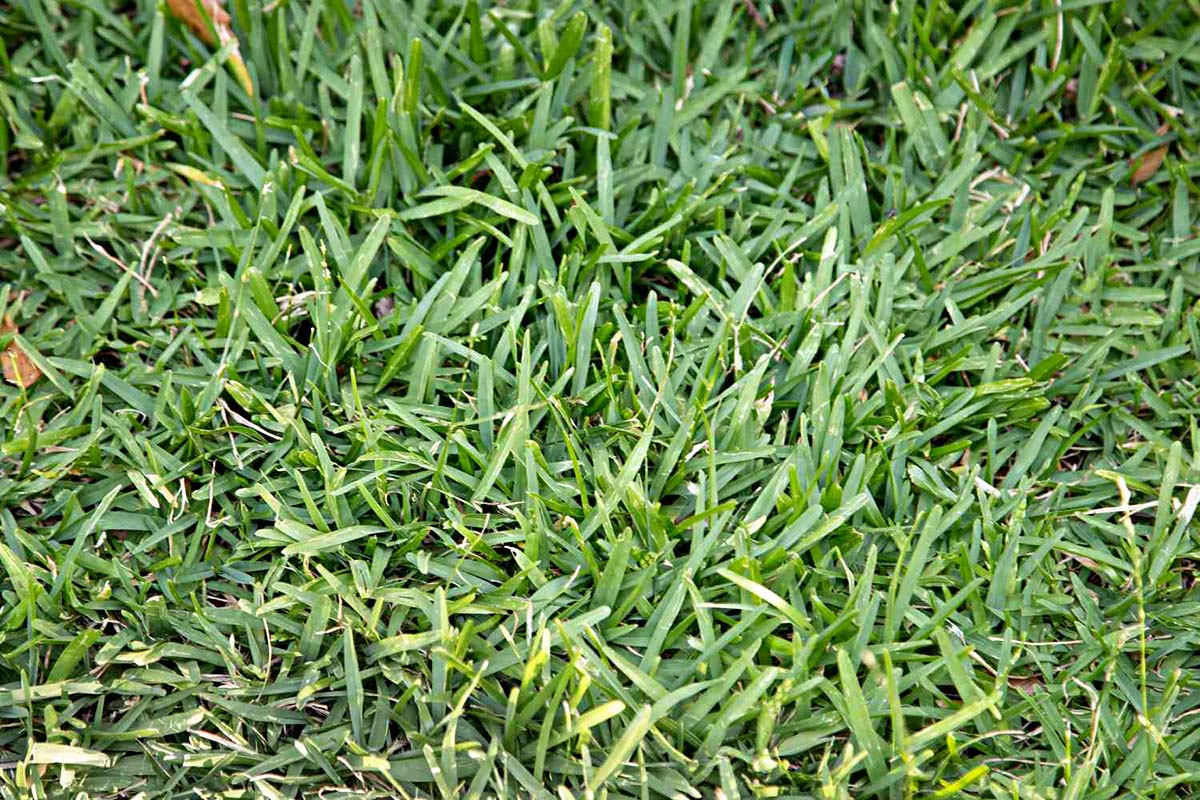
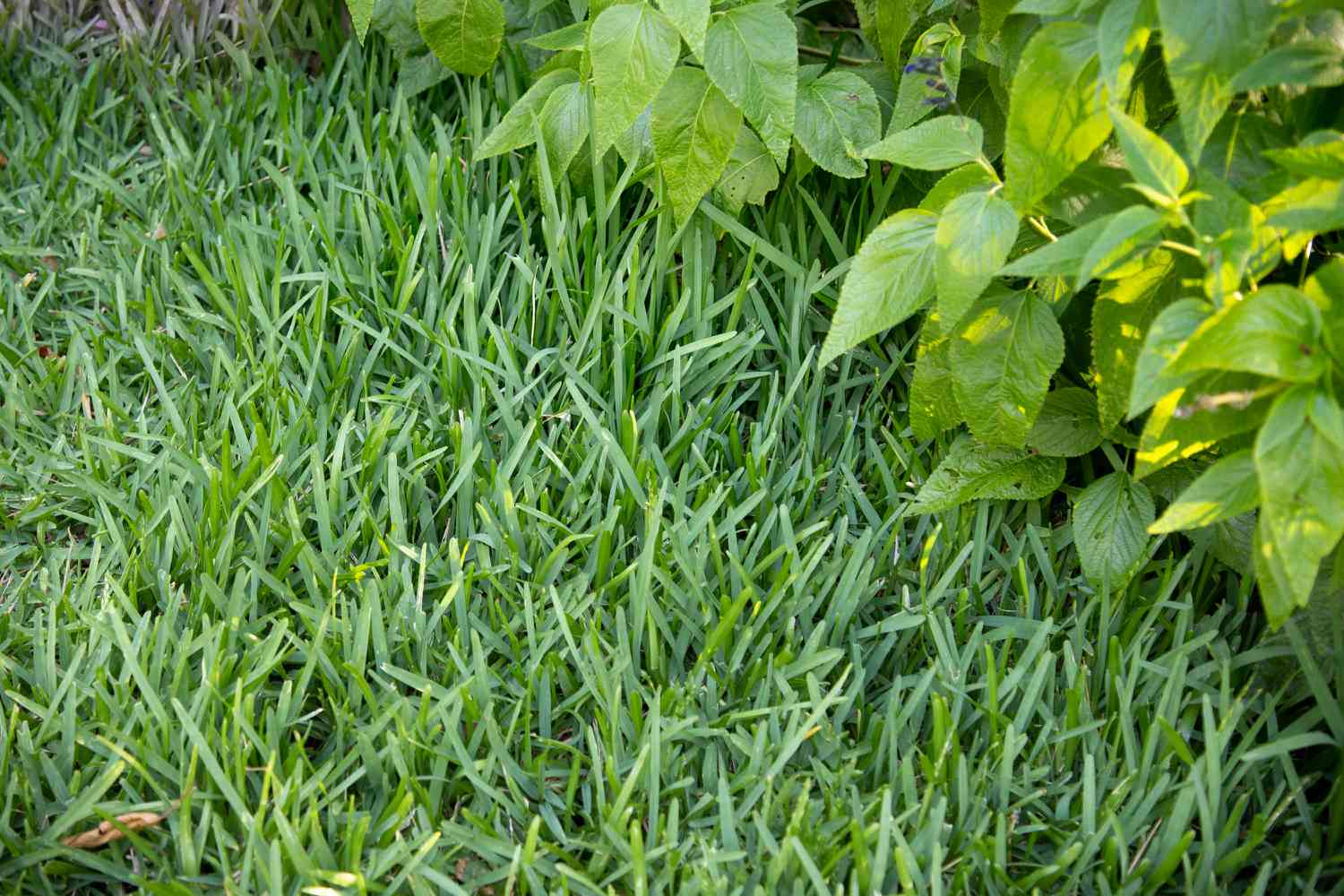


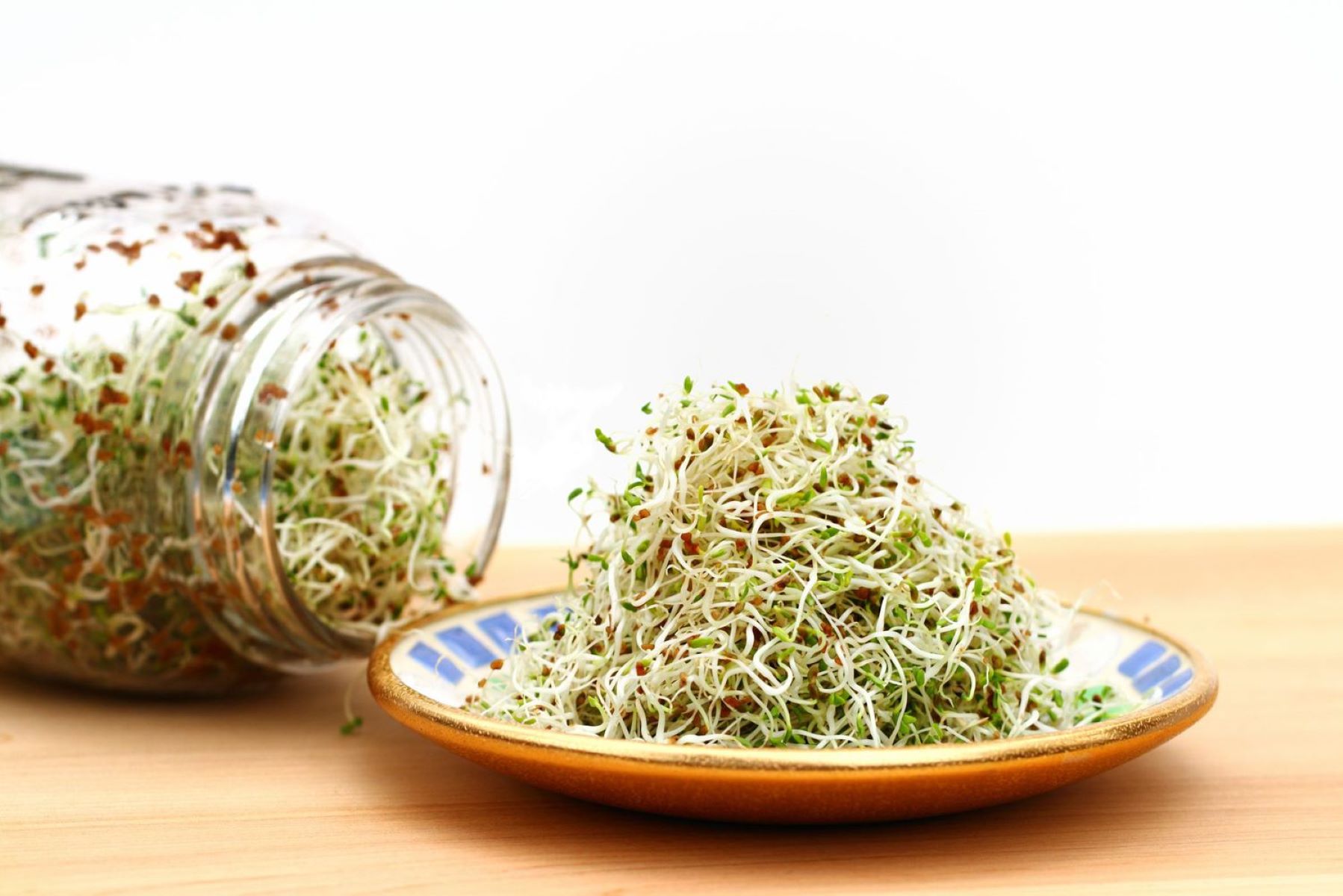

0 thoughts on “How To Plant Centipede Grass Seed”